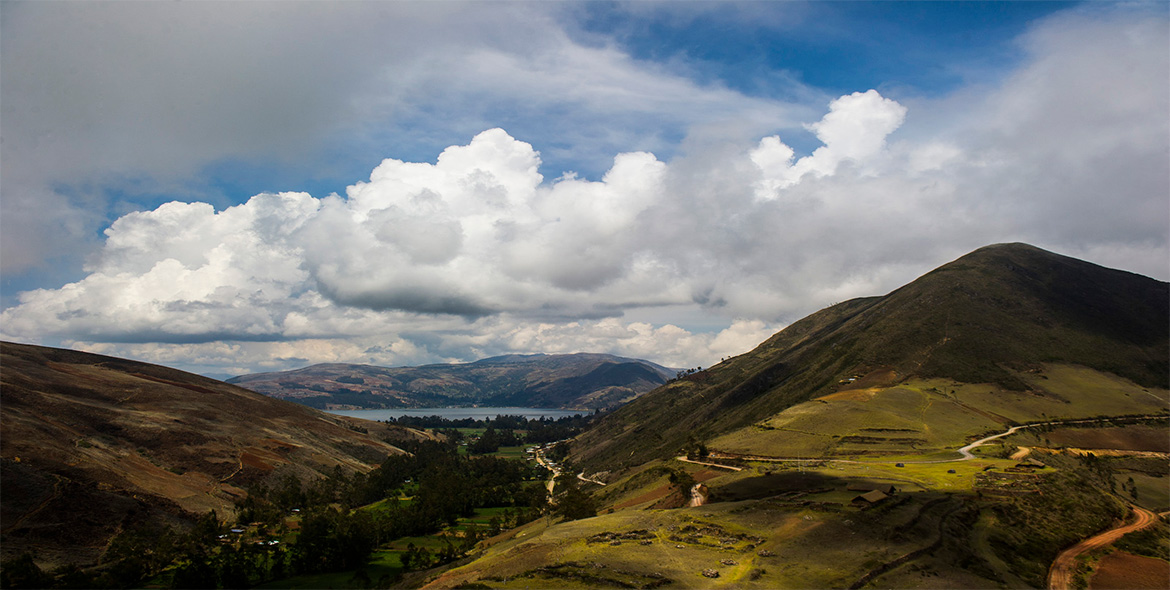
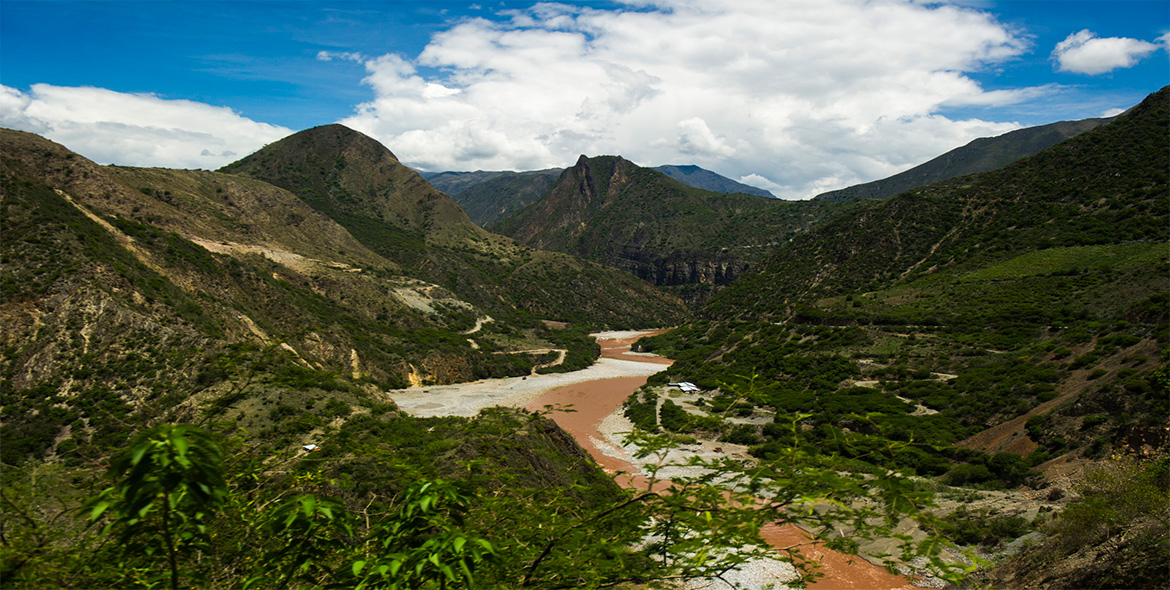
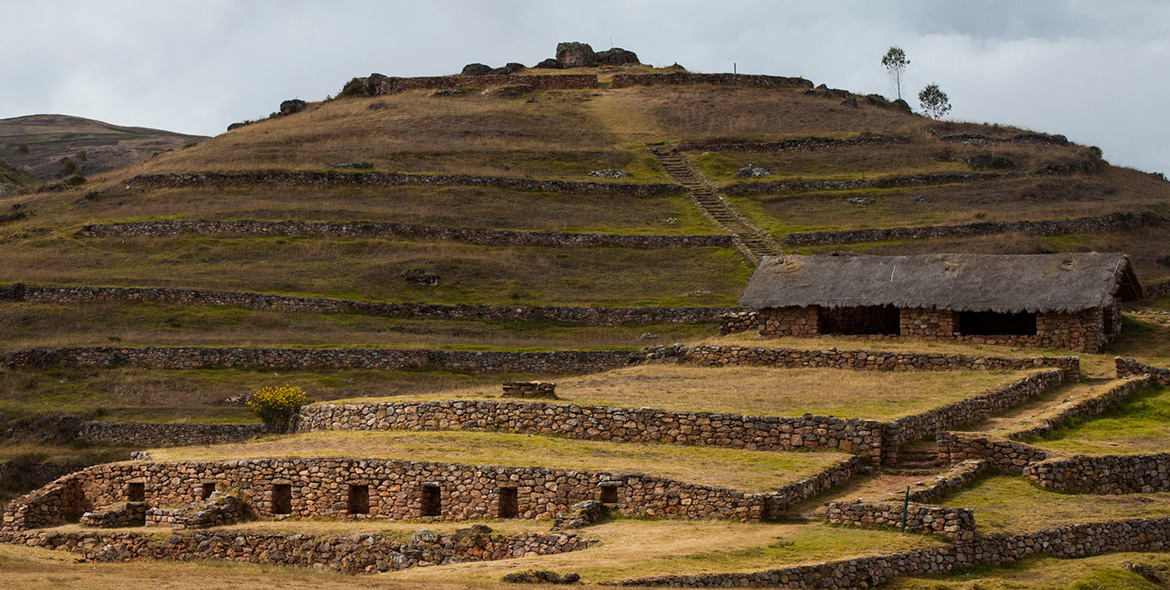
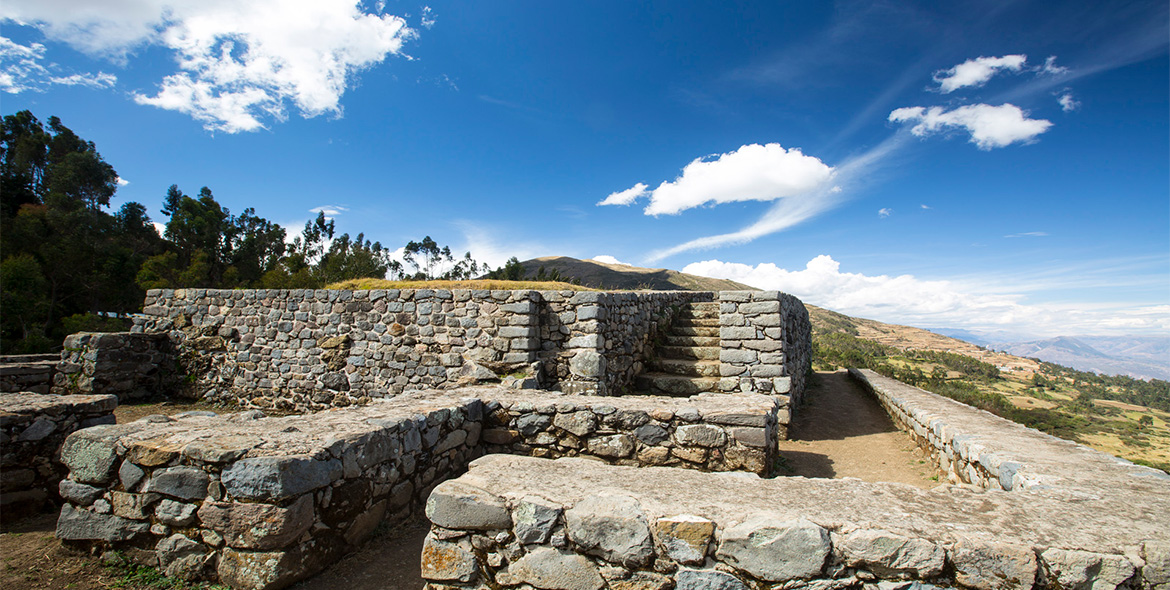
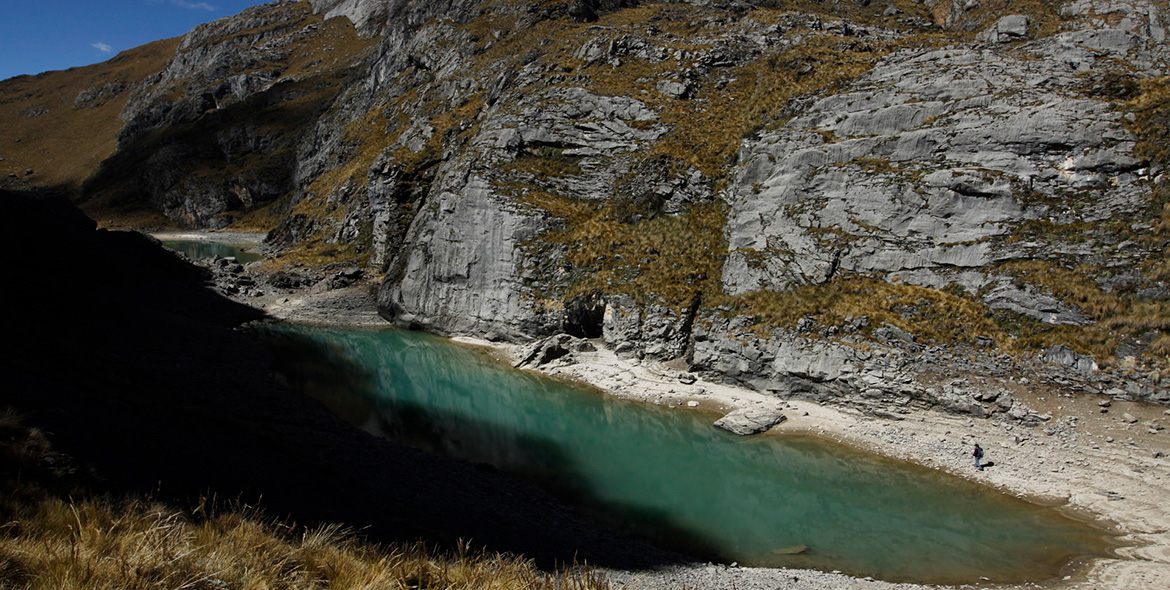
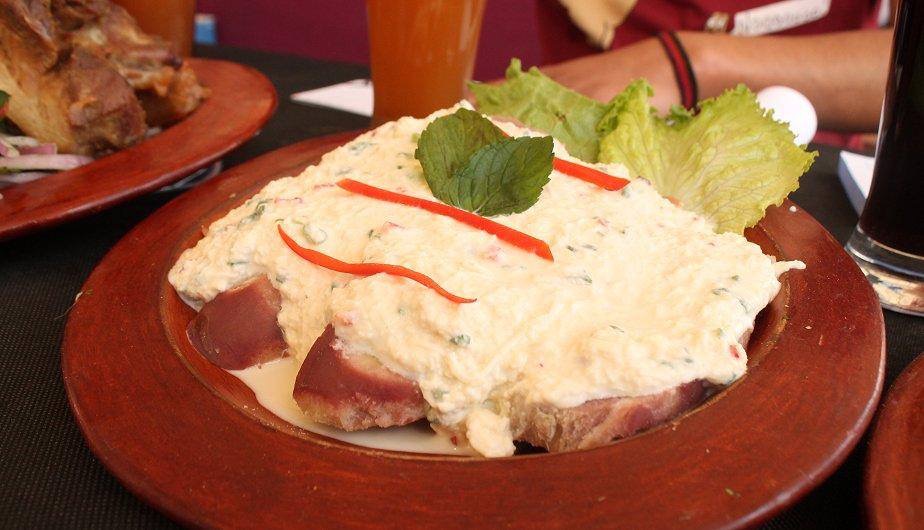
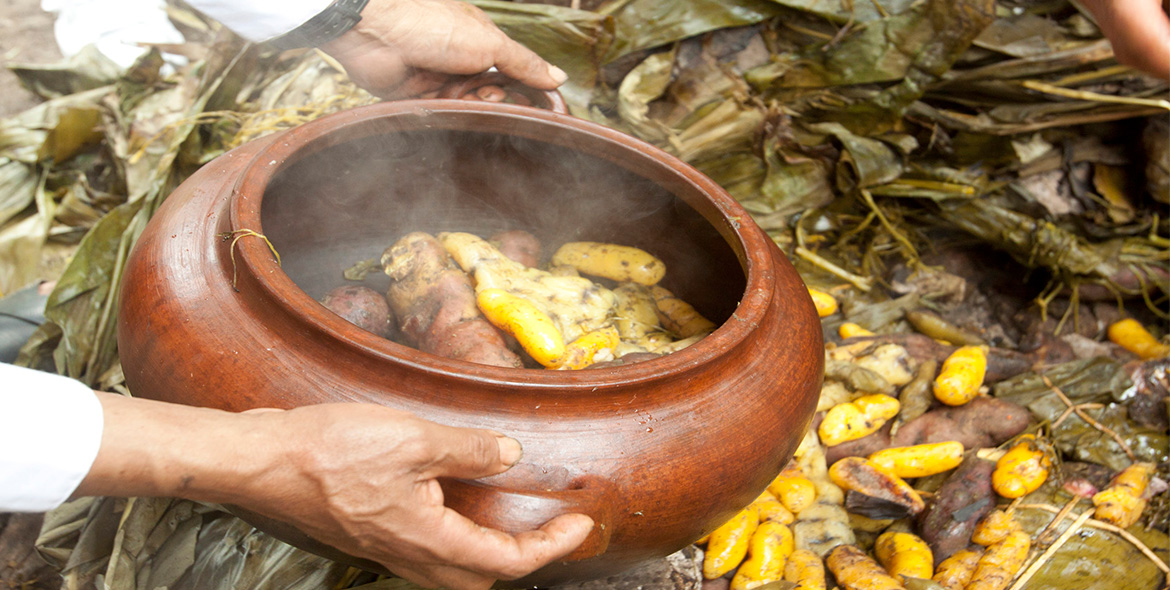
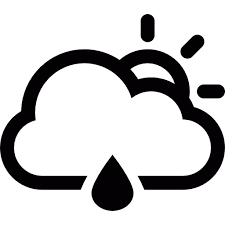
The climate is warm and temperate in Apurímac. The summers are much rainier than the winters, the average annual temperature is 10.1 ° C.

The best month to have a good temperature is in September, while the coldest month of the year is July. The rainiest months are December, January and February.

By road, Lima-Nasca-Puquio-Abancay: 912 km. Or the route Lima-Huancayo-Ayacucho-Andahuaylas-Abancay: 956 km.
By air, there are regular flights from Lima.